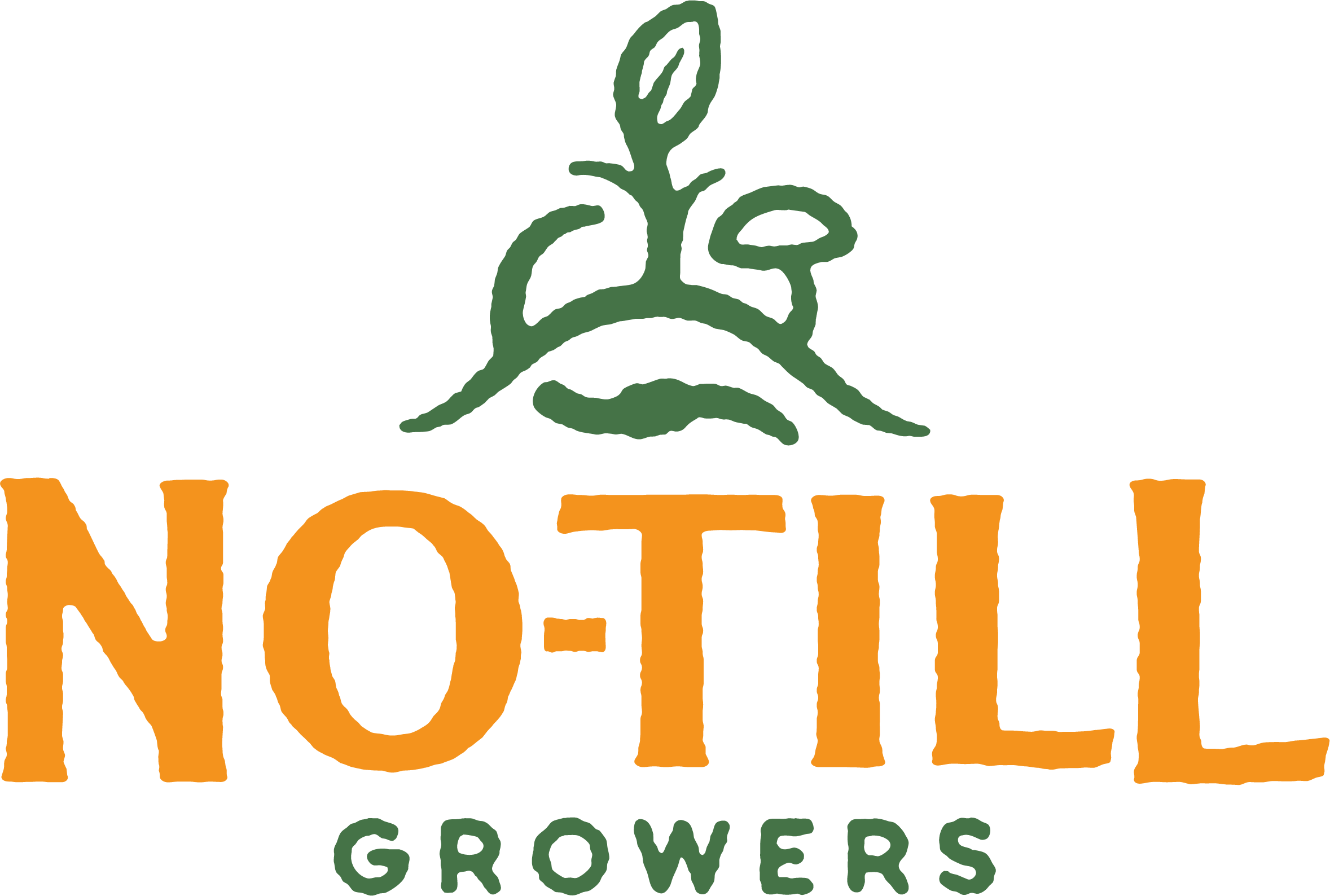The Golden Age of Farming is... Now
When you look back at 1400s Florence, or 1500s Netherlands, or Paris in the 1920s, you see extraordinary blooms of creativity and invention in relatively small periods of time, the effects and inspirations from which still reverberate today. And in 100 years, possibly for the rest of humanity, the future will look back on the period of time we are in right now as one of the greatest eras of agriculture.
Indeed, we are in our Belle Époque, our Golden Age, our Renaissance.
It starts with witnessing the beginning of the end of chemical agriculture. According to the last census (and likely for the next one as well) farmers are still using lots of chemicals—sure. The number of those farmers, however, continues to slowly decline, because they are unable to find replacements, unable to make ends meet, or simply aging out. Meanwhile, the companies who sold farmers on chemical farming are now investing heavily in “agricultural microbials” or “biologicals”... Why? Because they know now, or are conceding, that chemicals can’t grow plants. Only microbes can do that—microbes that those chemicals generally kill—and these companies need something to sell and someone to sell it to (even if the best biologicals can just as easily be propagated in a pile of kitchen scraps).
The world has acres upon acres of dead and depleted soil due to conventional farming. Some soils, it is said, only have a few harvests left in them considering the way they are being farmed. In this way, it isn’t a matter of chemicals or biologicals. It is—to be sure—biological farming or bust.
Tillage is also becoming a thing of the past—a soil management practice that may very well be looked at through the eyes of history with a bit of shame. It is, in many ways, a semi-barbaric way of extracting food the soil. That isn’t to denigrate those who use tillage at this moment—it has been and still is the standard, and I am as guilty as anyone of it. This is primarily because tillage is farming for many, even if we know it’s bad for soil. It has endured simply because there hasn’t been an alternative—hasn’t, that is, until now.
The science and the practices that support no-till are beginning to arrive, setting the stage for a paradigm shift in how food is grown, and an abandonment of both chemical and tillage agriculture.
This is not unlike the coalescence of factors that led to The Renaissance. We’re already seeing some symmetry within small farming. The rise of patrons of the 1400s is not unlike what we’re seeing with Jean-Martin Fortier’s new project, La Ferme Des Quatre Temps. The 15th century saw the invention of the printing press which brought an influx of information and culture. We, in all of its occasional inelegance, have the internet as our printing press. Expanded trade led to new ideas and new tools, fusions of arts and sciences, and the internet is leading to the sharing of methods and ideas that before were contained and confined to isolated farms. Literature begot intellectualism and better science throughout the 15th century. In the way that they were discovering the infinite cosmos, we are discovering the infinite plant, soil, and gut biomes. Further, we can share our discoveries instantaneously, far and wide.
As people like Elaine Ingham and John Kempf are showing us, the world is learning more and more about the functions of soil and its biological mechanisms—its biological potential. In this way, we stand poised to better utilize this biology and not just employ the microscopic life in our gardens, but also improve our relationships with it. In her episode of the podcast, Elizabeth Kaiser notes how the soil of Singing Frogs Farm has a more diverse microbial population than those of healthy—albeit unmanaged—clover pasture nearby, suggesting we can not only maintain the land we grow on using biological practices—no, we can improve that life through good soil management while also making a living.
In fact, we’re doing just that on small and large scales alike. Gabe Brown and others are using no-till biological methods on hundreds or thousands of acres. Small-scale growers are making a living on everywhere from a tenth of an acre to twenty using similar principles. Our Hemingways and Fitzgeralds aren’t writers (though sometimes they are definitely that, too), they are stewards, and their pages are the soil.
The ways in which we are changing agriculture are innumerable. We are discovering new methods, new information, new techniques, new tools, and new opportunities at an impressive clip. This is the bloom of our agricultural age, our answer to the Green Revolution, and we are in it right now. We are over the hump, beyond the precipice. Agriculture hasn’t changed that much in the last 100 years, but for the next 1000 or so, possibly as long as there are humans on earth, farming will never be the same.
What a time to be a farmer.
